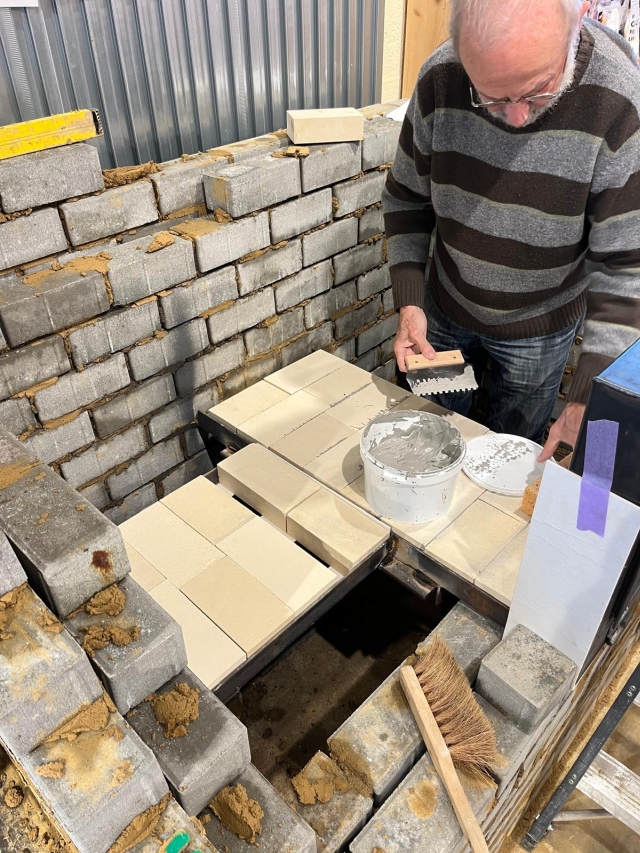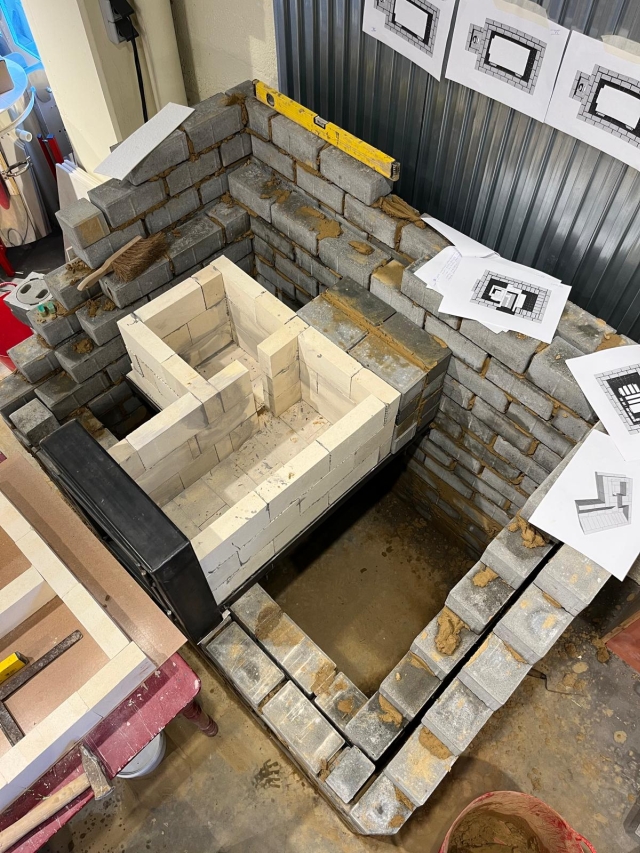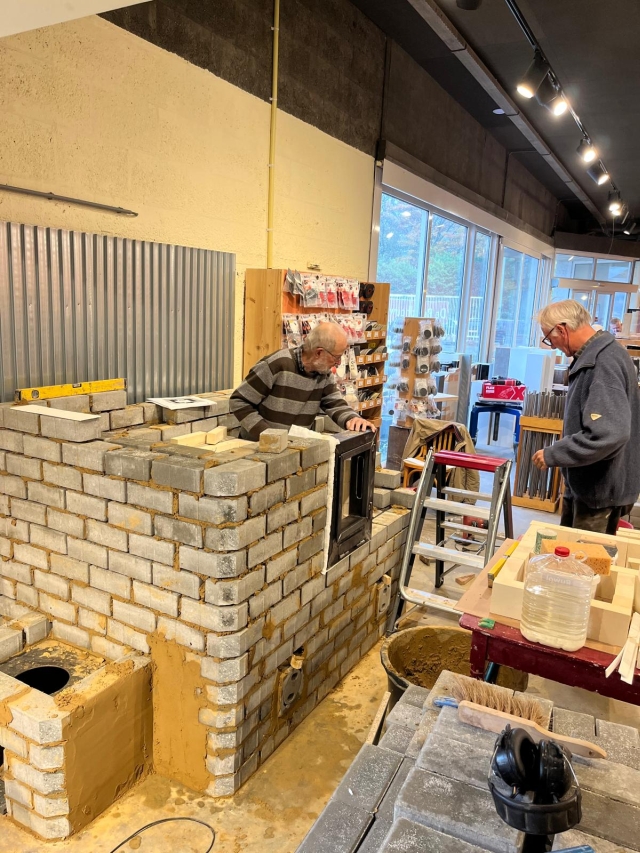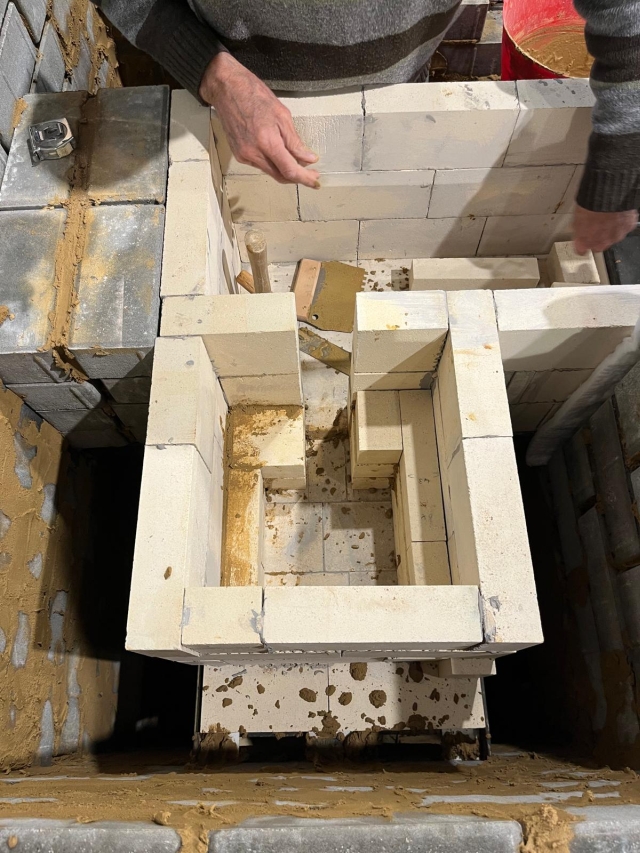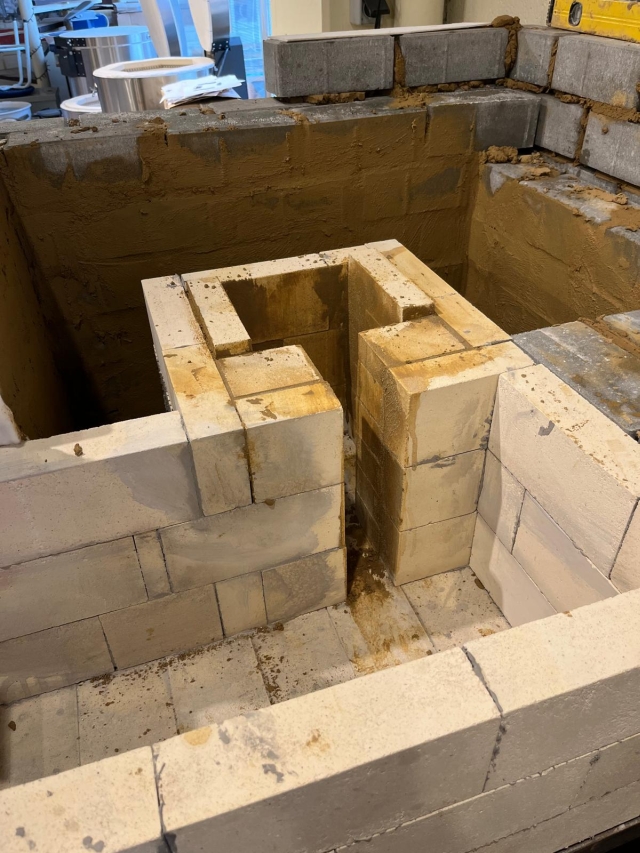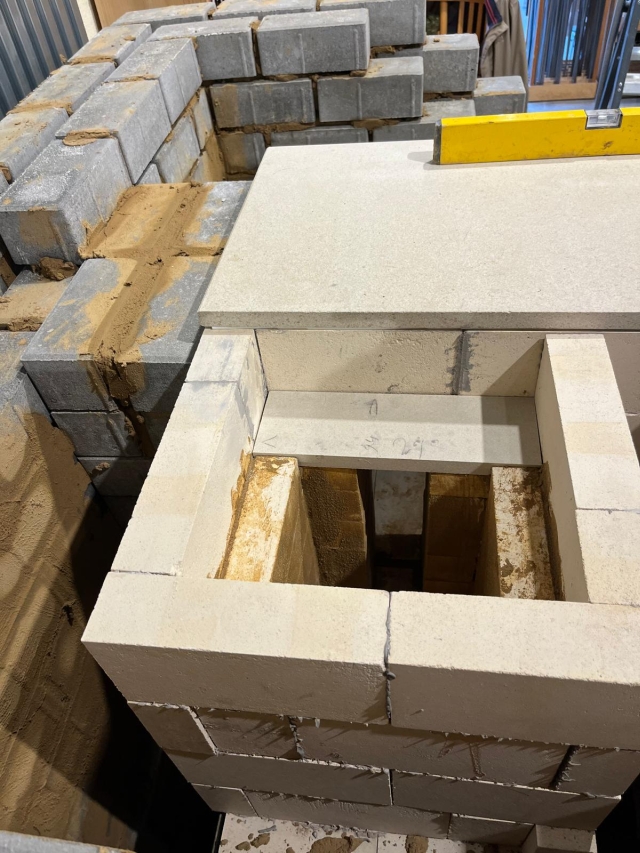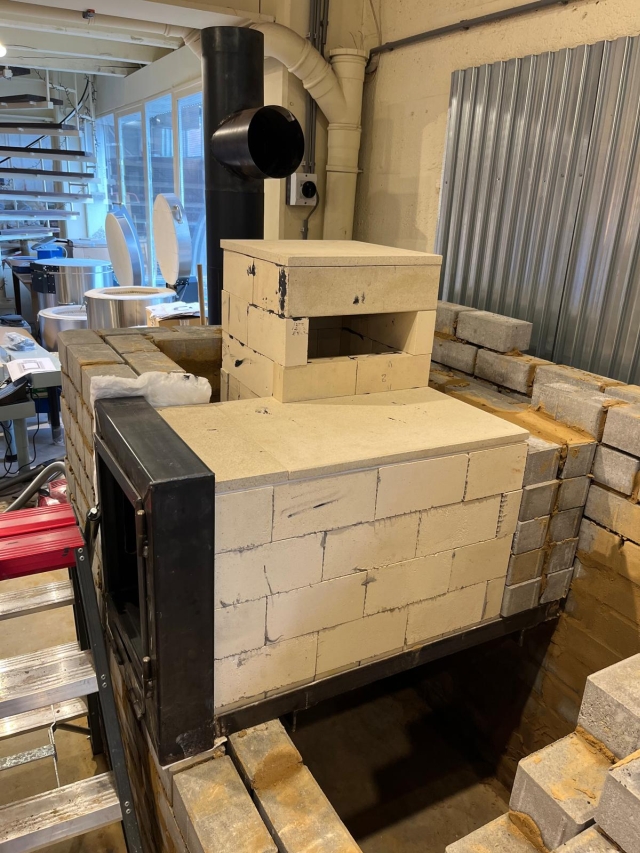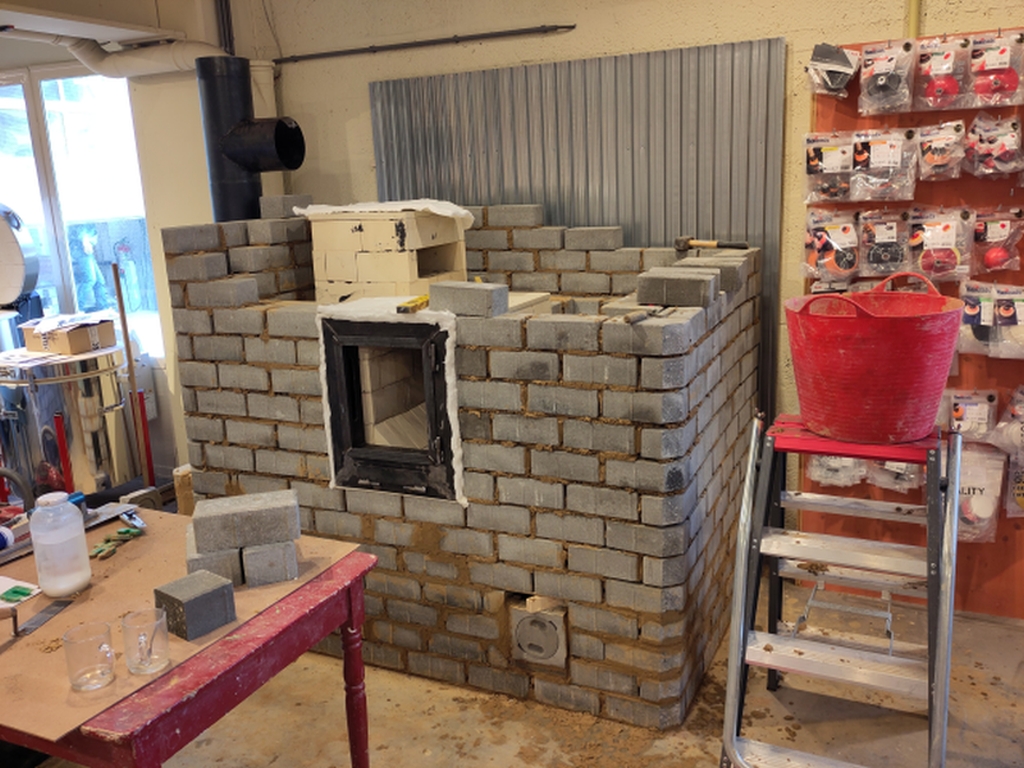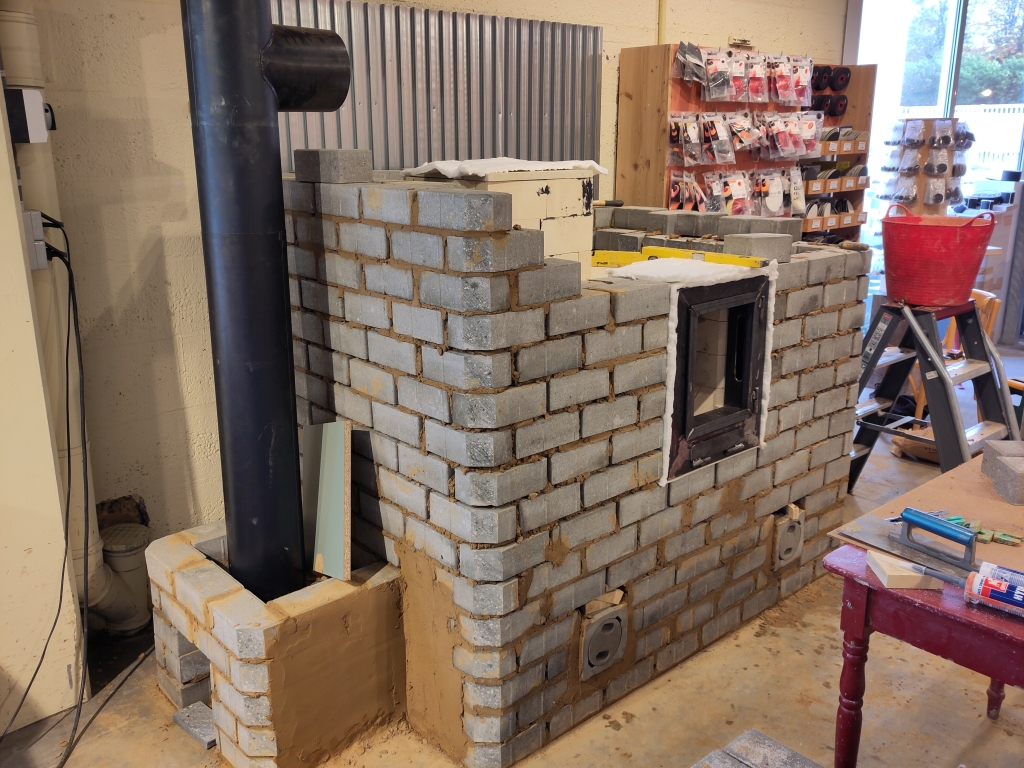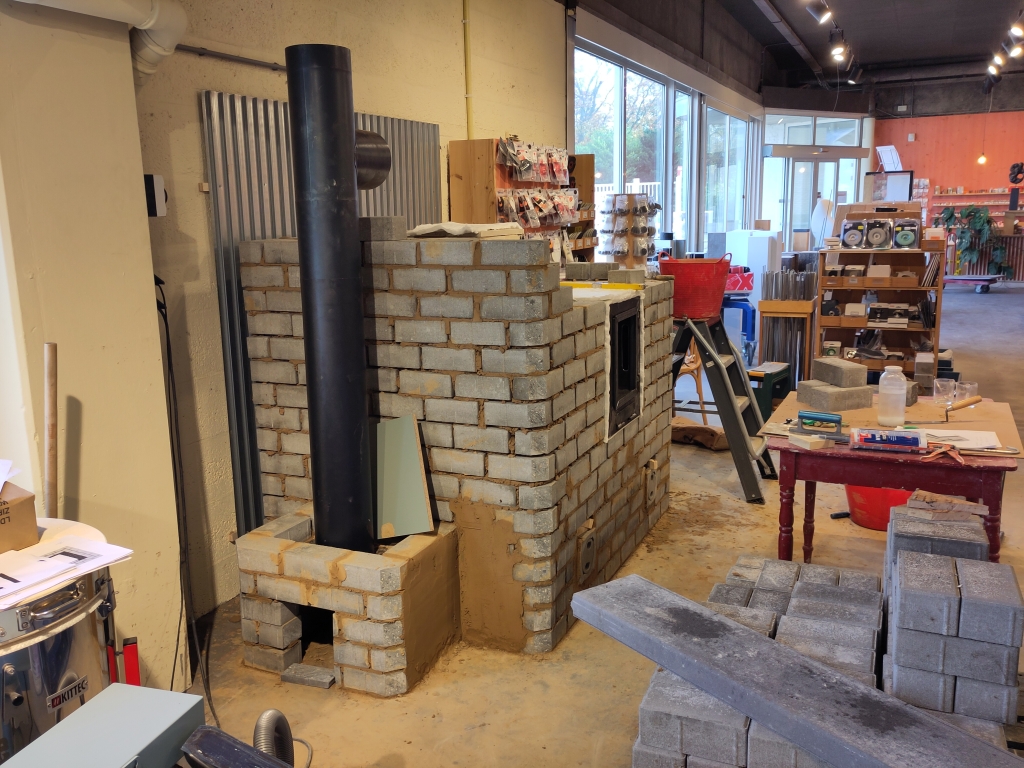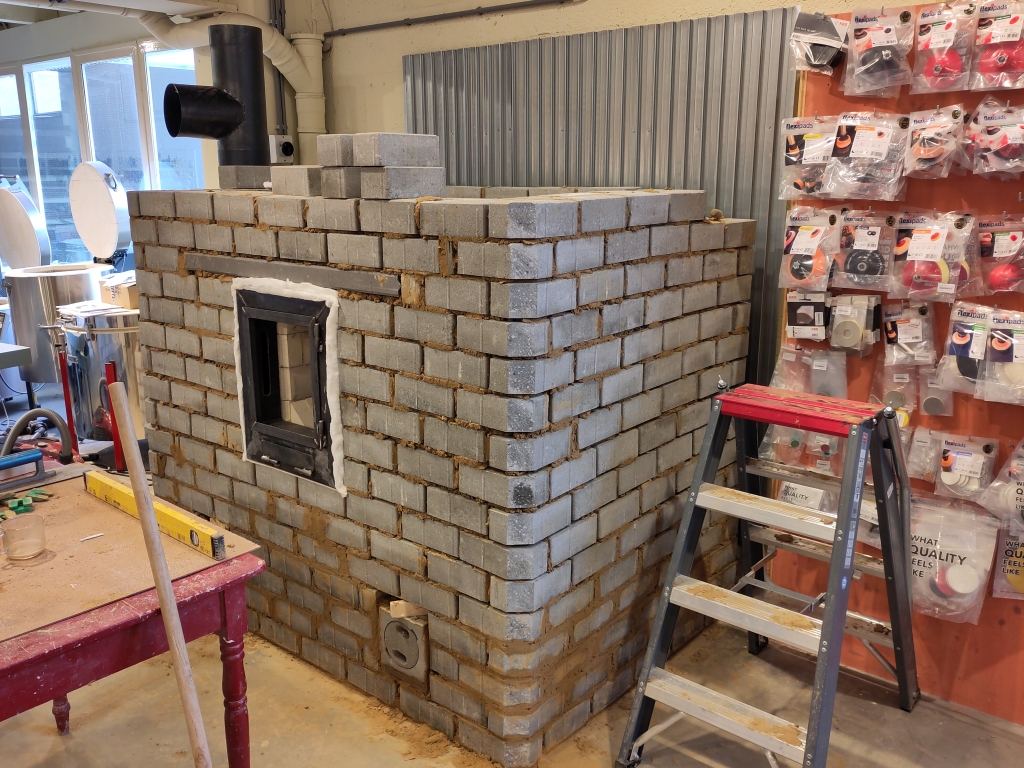

 He's been a furniture maker, mold maker, composites specialist, quality inspector, master of boats. Roughly during the last 30 years he's been meddling with castable refractories and mass heaters. Built a dozen in different guises but never got it as far as to do it professionaly. He loves to try out new ideas, tested those by using a gas analizer.
He's been a furniture maker, mold maker, composites specialist, quality inspector, master of boats. Roughly during the last 30 years he's been meddling with castable refractories and mass heaters. Built a dozen in different guises but never got it as far as to do it professionaly. He loves to try out new ideas, tested those by using a gas analizer.

Glenn Littman wrote:Magnificent Peter! Congrats on your efforts and creating another masterpiece. Has it been named yet? I'll toss out a few thoughts that come to mind... Godzilla or perhaps Gargantua.
Glenn Littman wrote:I didn't see any mention in your build commentary... did you embed any thermocouples in the mass? It would be quite interesting to see what the inside skin temps are running. I actually find that monitoring my inside skin temps helps me to manage the external skin temps better as it will give an advanced idea of system temperature profile.
Glenn Littman wrote:Once the system is fully dry it will be interesting to know the firing cycles to get it up to temperature and maintain it considering the enormous mass. It will also be interesting to see how it retains the heat over the 35-40 hours that the store is closed and the external temperature when they reopen on Monday.

Gerry Parent wrote:Question: Curious why the ceiling of the bell had regular bricks instead of firebricks, especially right above the riser exhaust port?
Gerry Parent wrote:Also, I noticed a latch on the door which appears to do something for the air inlet flapper. Is it to lock the flapper closed when the fire is out?

Cristobal Cristo wrote:Also the dark color of the bell helps with faster heat radiating.

Julian Adam wrote:Incredible result, congratulations Peter & helpers! Are they topping it up all day long to have sufficient heat output? Almost a pity to cover it in clay plaster!

thomas rubino wrote:Wow, Peter!
Shorty Core is sure strutting her stuff as the new kid on the block!
Another outstanding build!
Built to specs and worked right out of the box!
Your living room wall will soon be covered in photos of your builds!


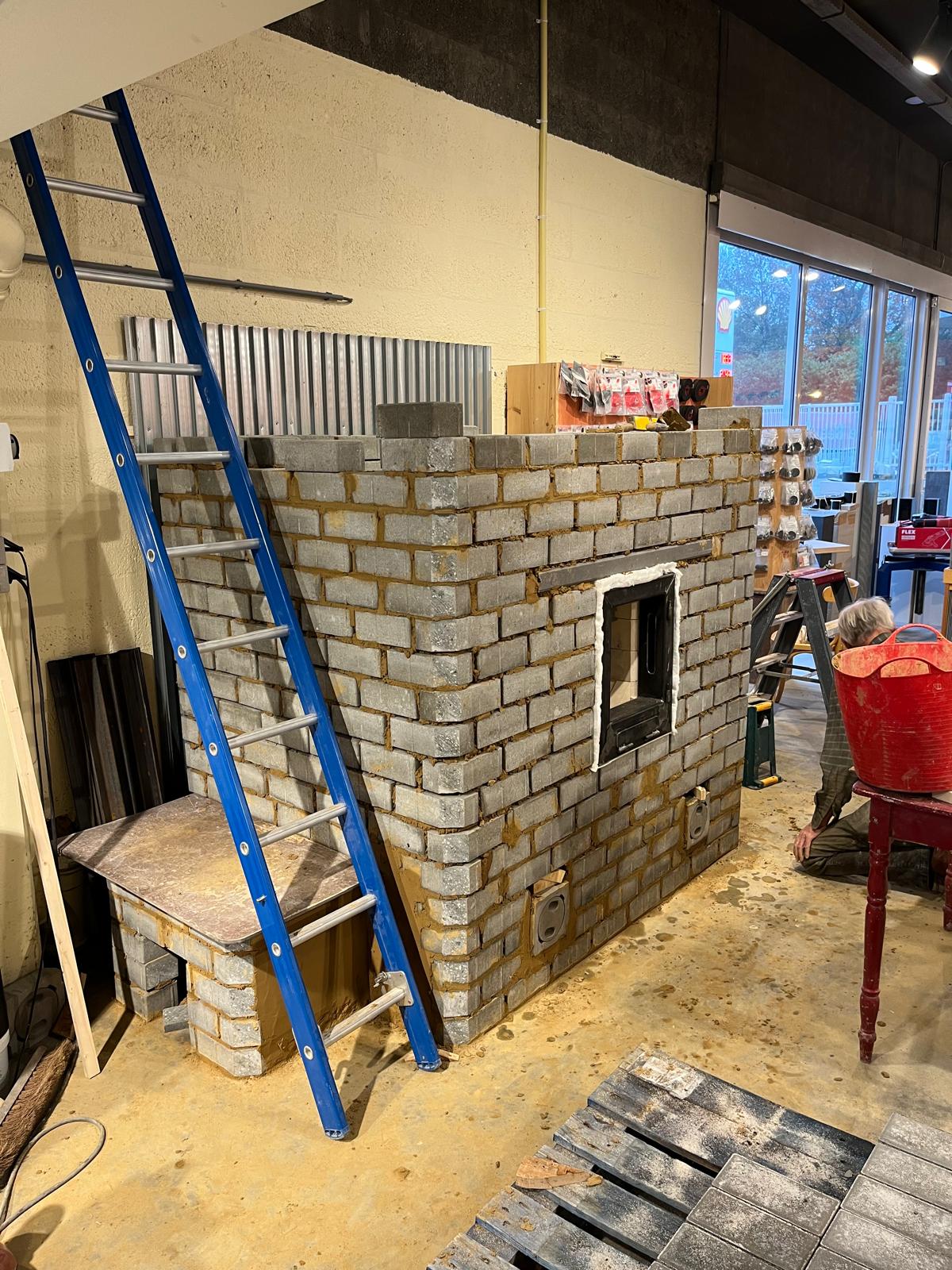
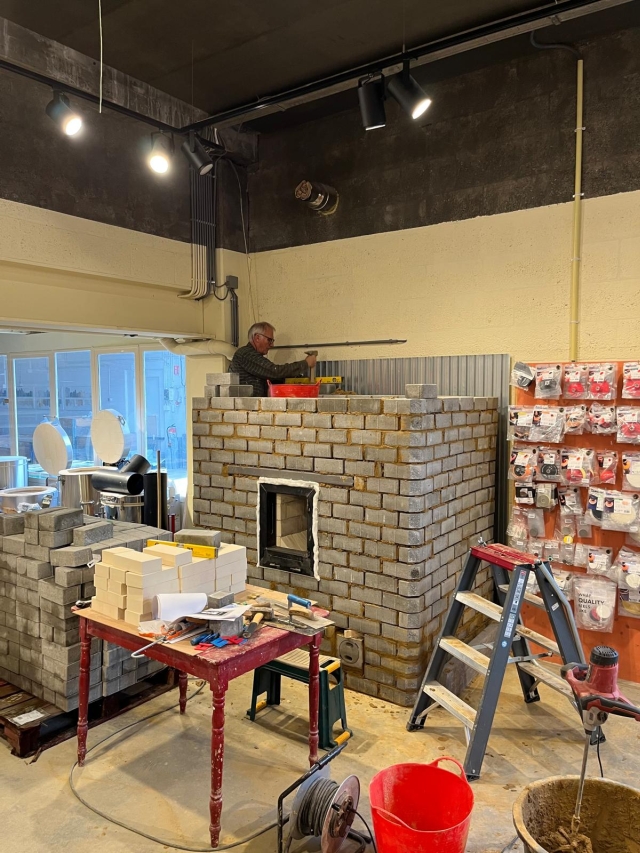
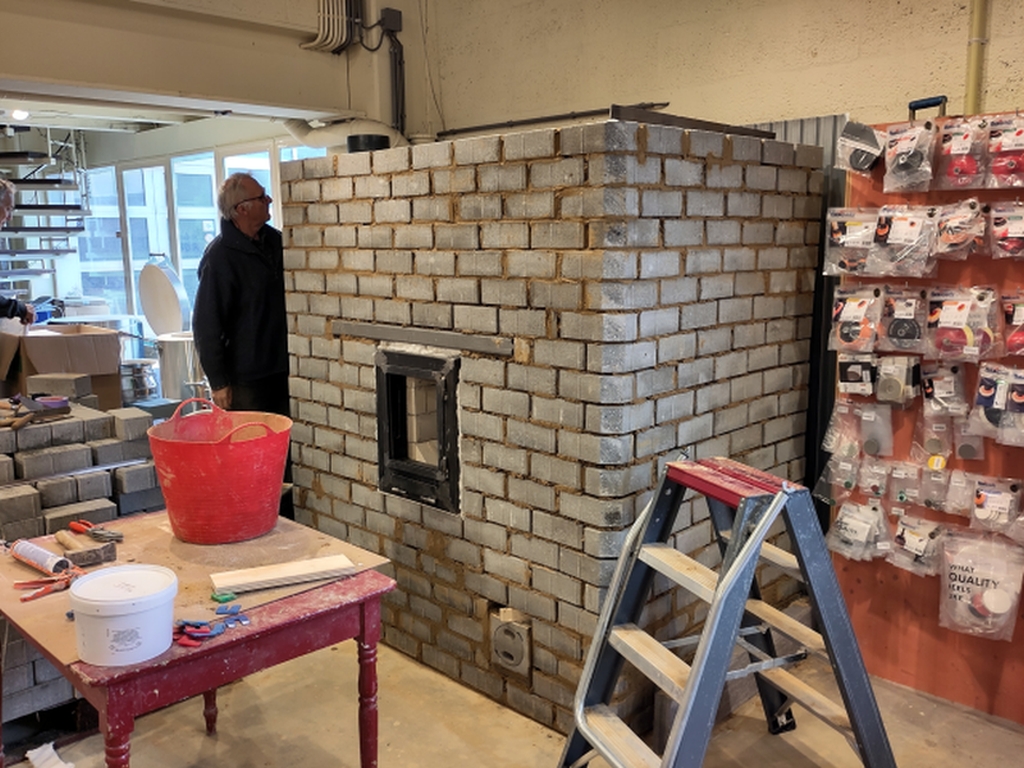
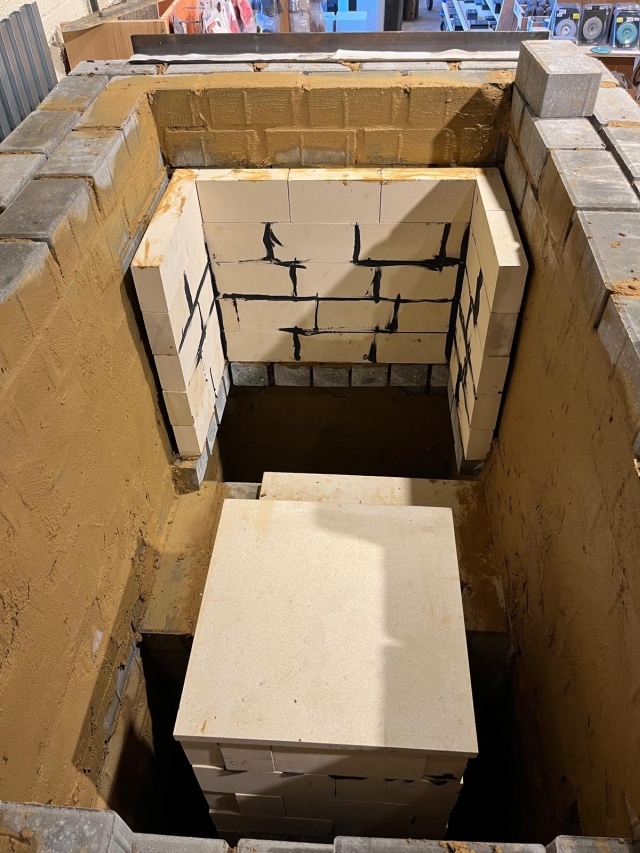
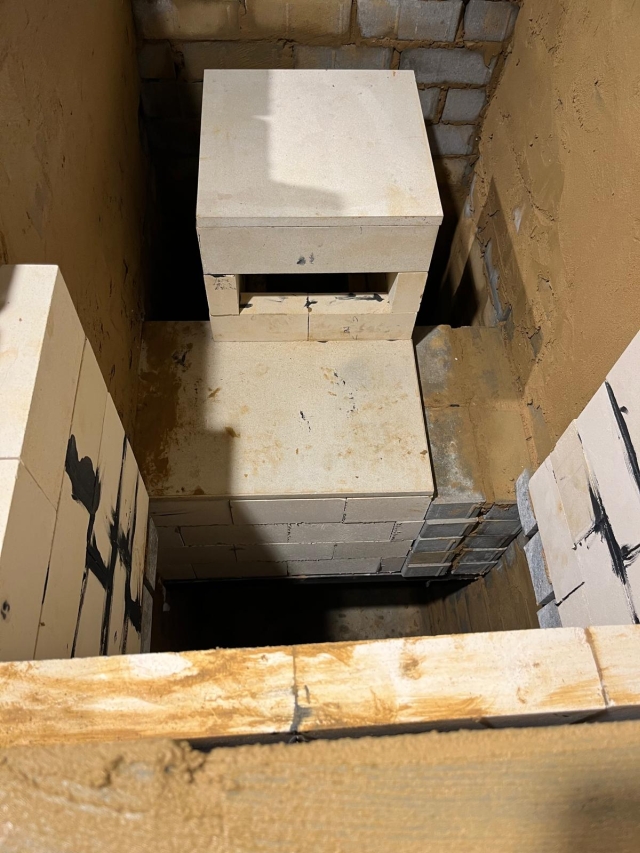

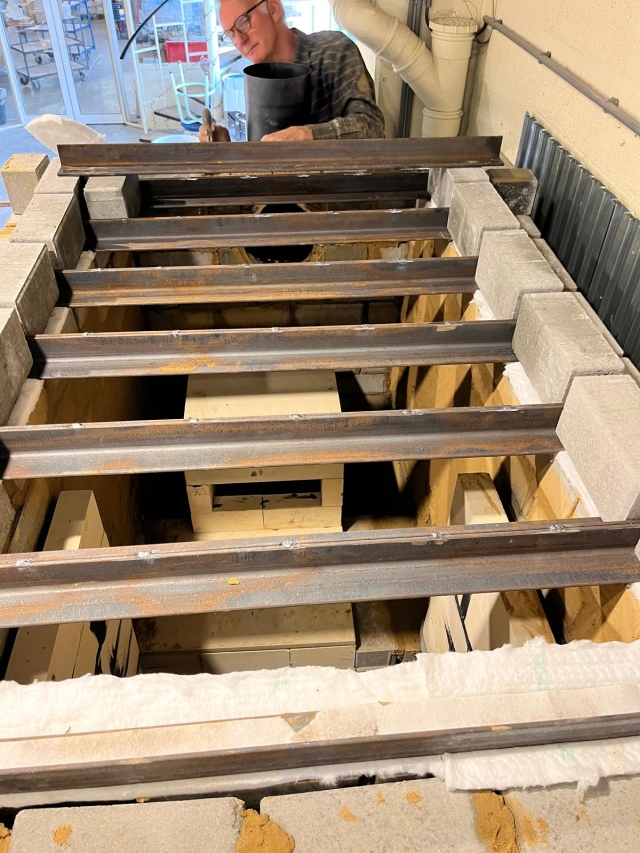

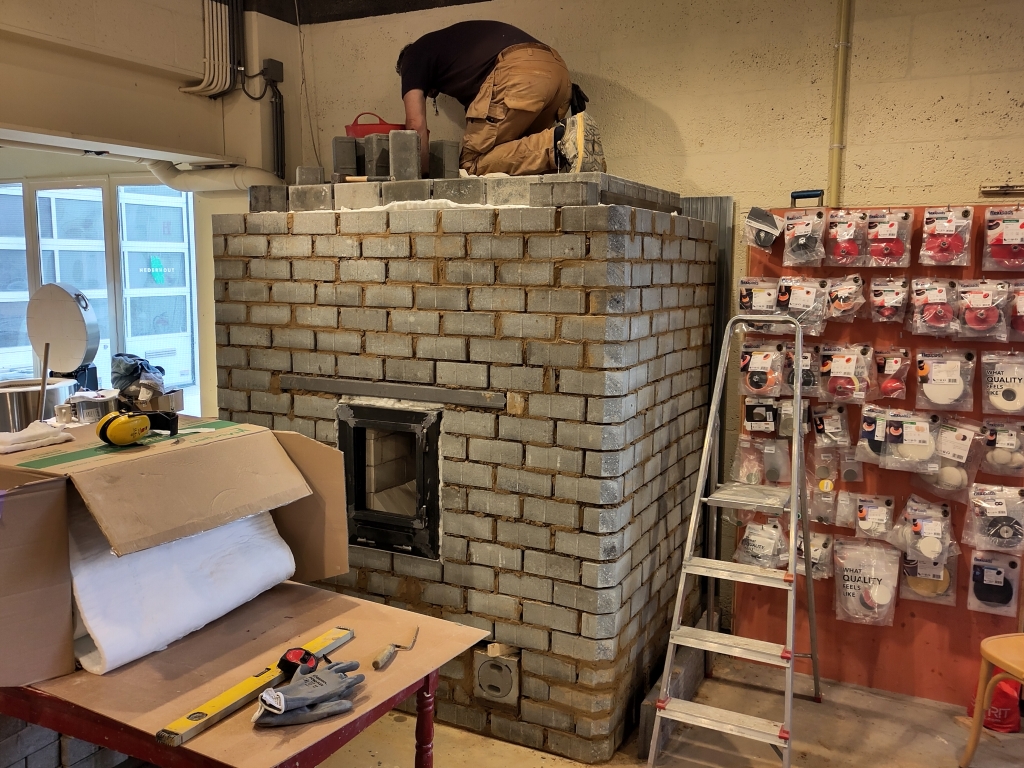

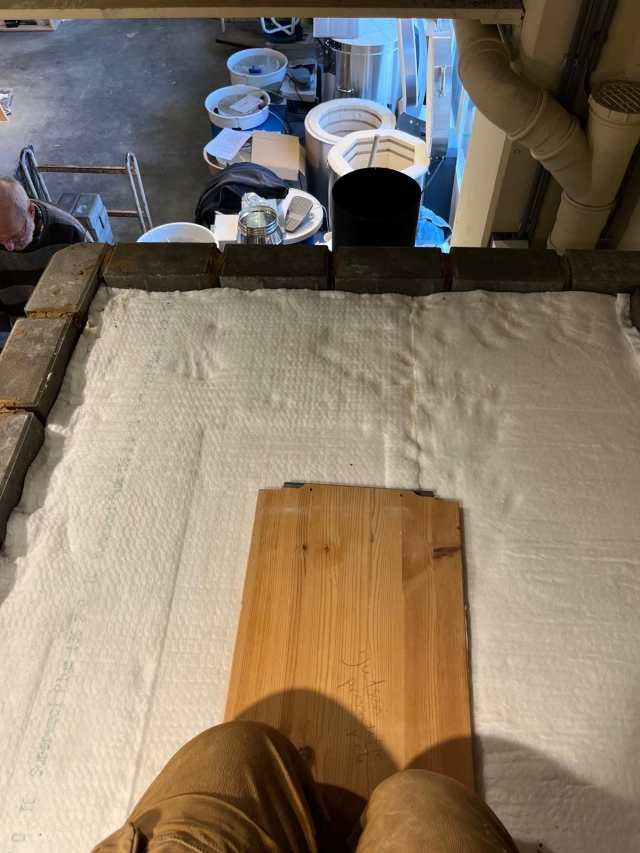
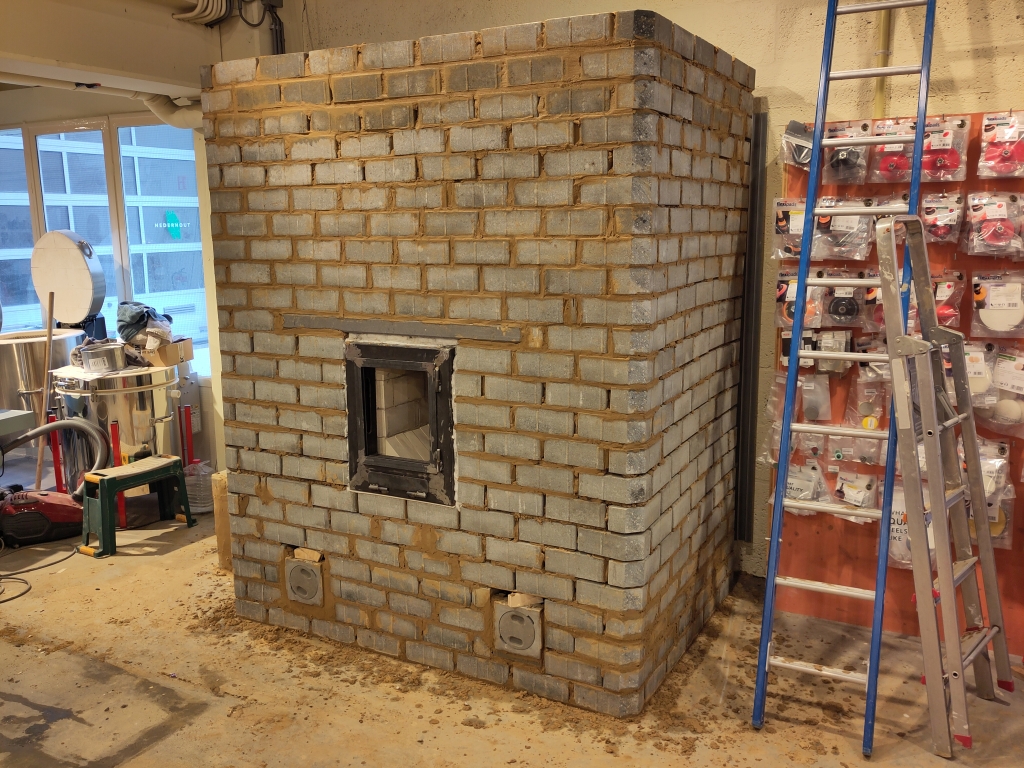
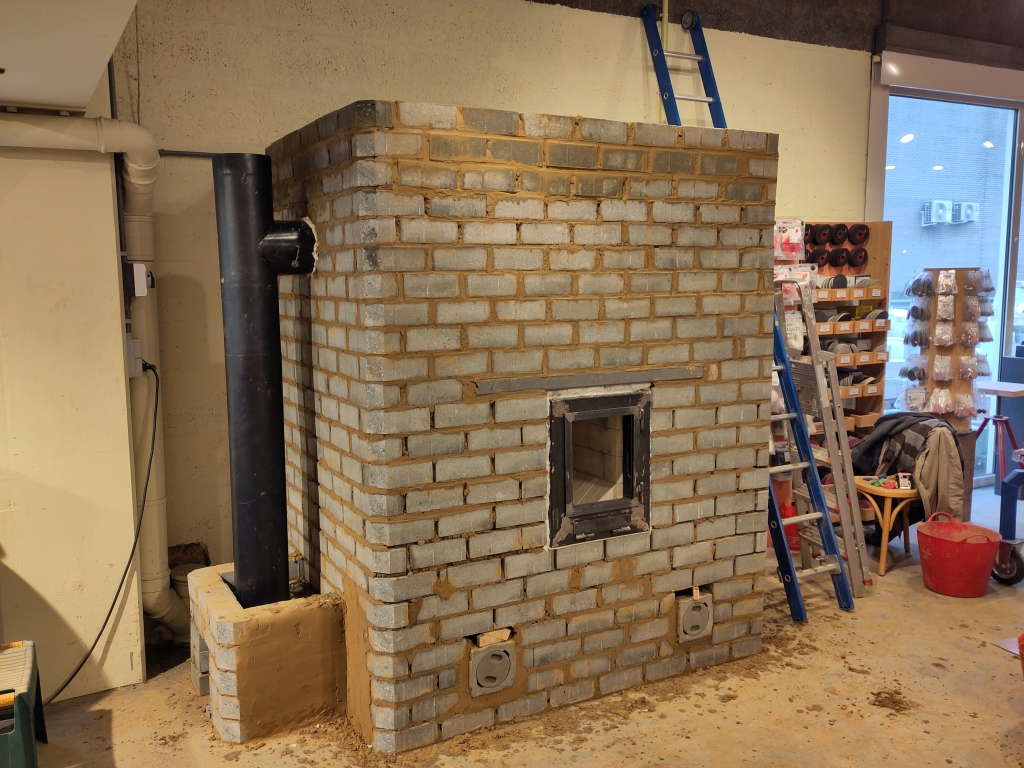
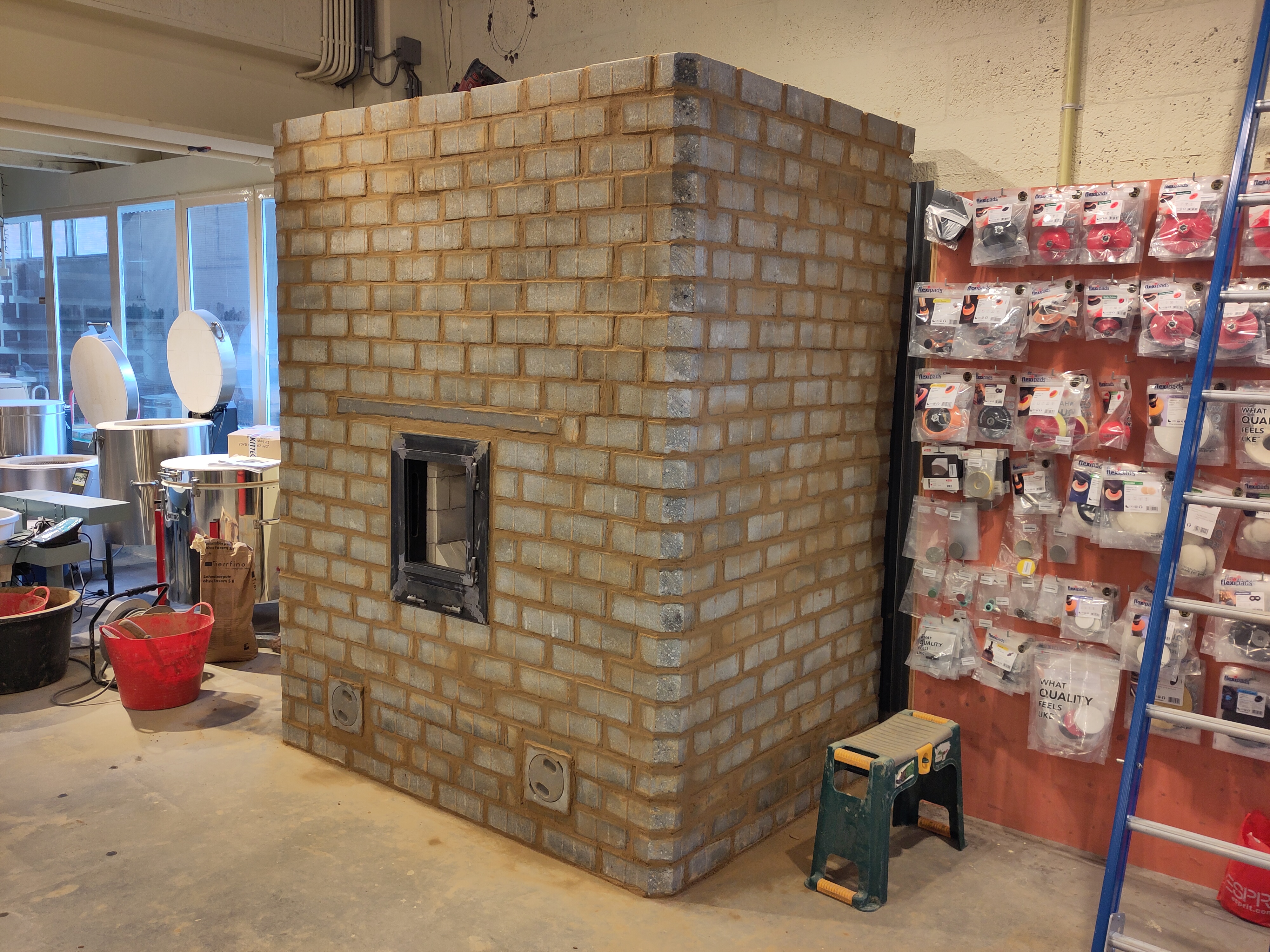

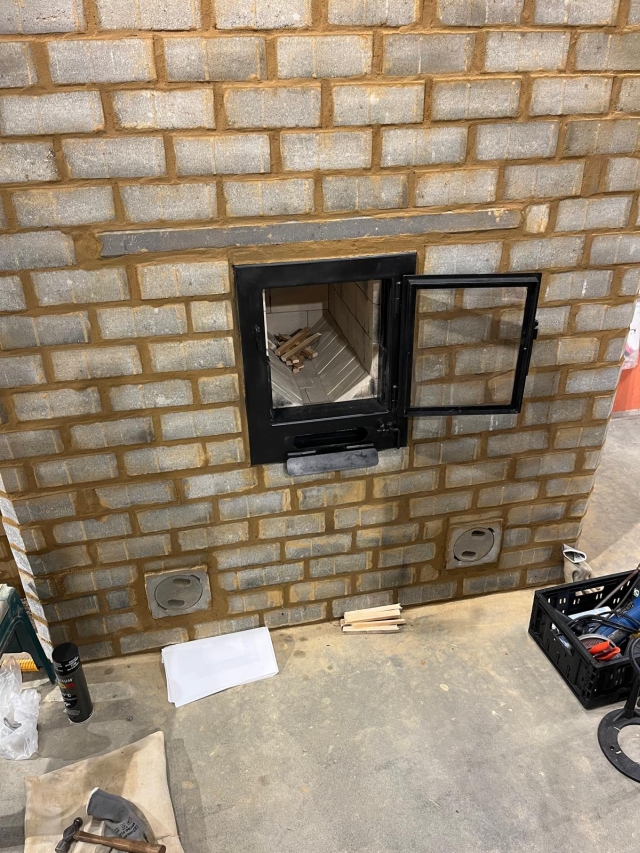
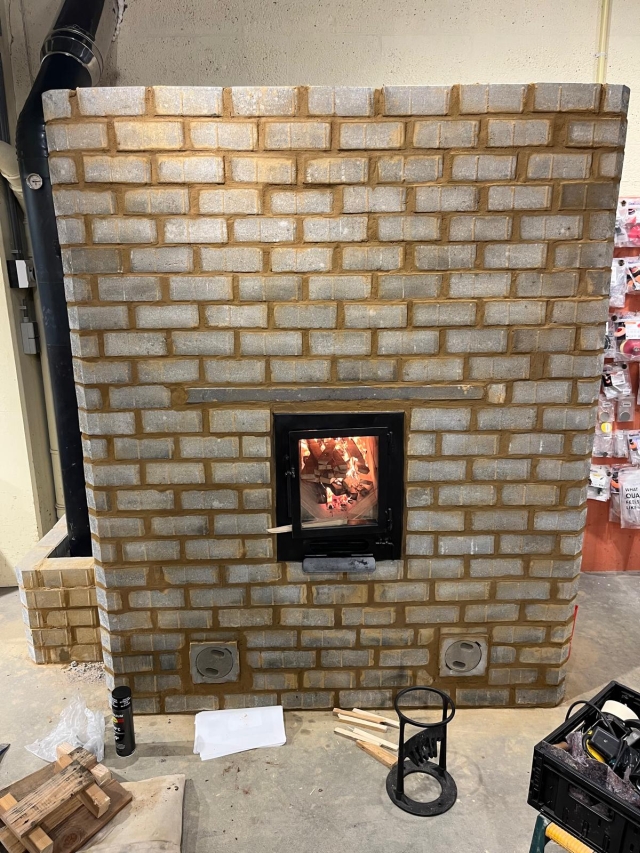
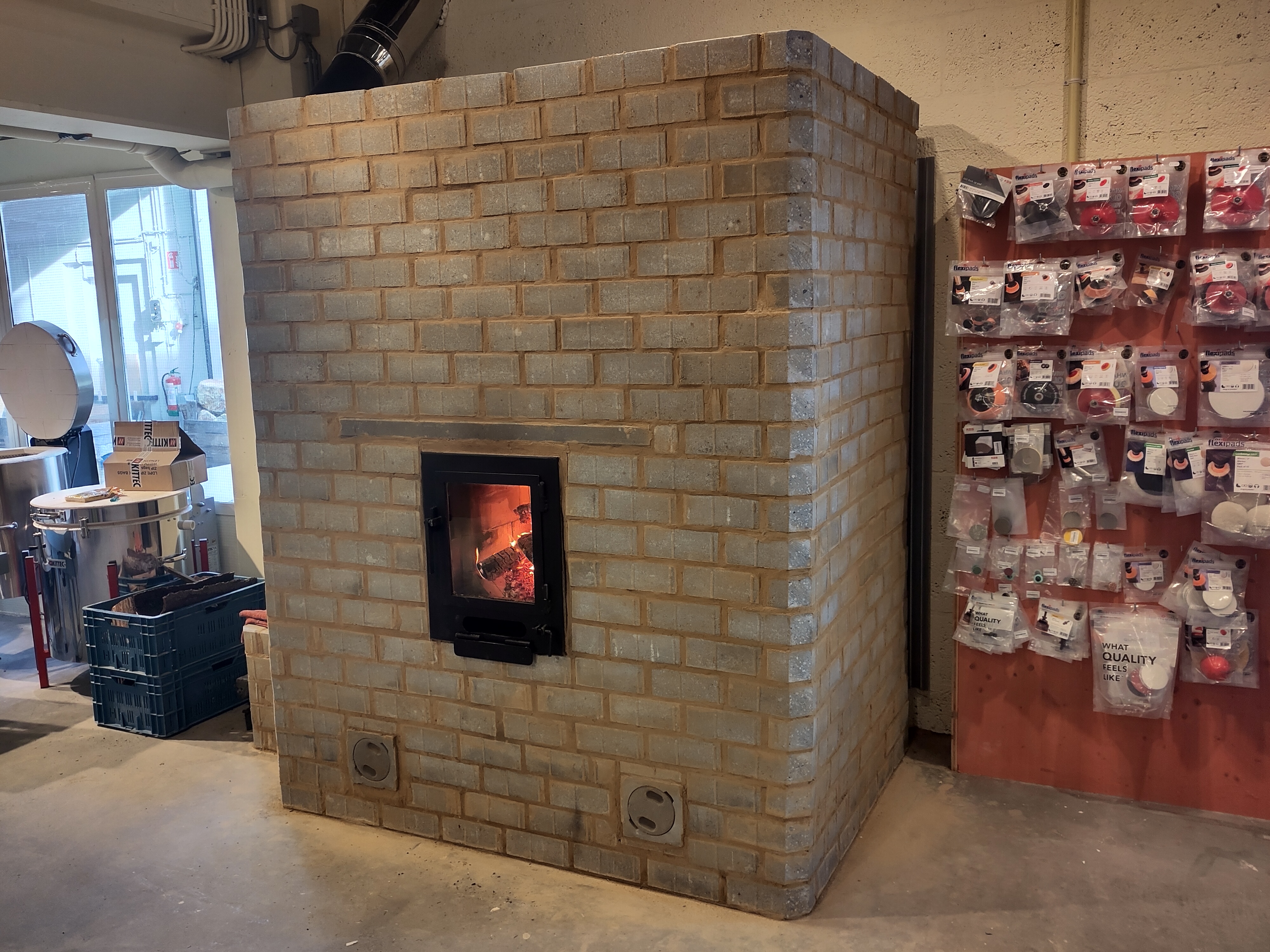

thomas rubino wrote:Good Day, Peter;
Gerry and I are wondering what material your core roof is made of.

Cristobal Cristo wrote:1. It looks like the original riser dimension was 300x300 mm and you lined it to get 200x200 mm. I understand that the port depth was increased from standard 50-65 mm (brick thickness) to 110 mm (or more). The back side of the riser was not lined. Was it intentional? If the back was also lined than the port depth would be reduced by the thickness of the lining.
When Thomas built his shorty he did not line the riser and it looks like it retained its 230x230 mm interior dimension. Is the lining a new development/improvement?
Cristobal Cristo wrote:2. What bricks have you used for the firebox walls and for lining?
Cristobal Cristo wrote:3. What is the size of the room the heater is located in. Is it 30 m2 or 30x30 m?

Julian Adam wrote:A question to you Thomas, hearing about your condensation issue: would you suggest further decreasing the recommended ISA for the shorty? I will only be firing my bbr once a day, so I'd like to avoid condensation.

